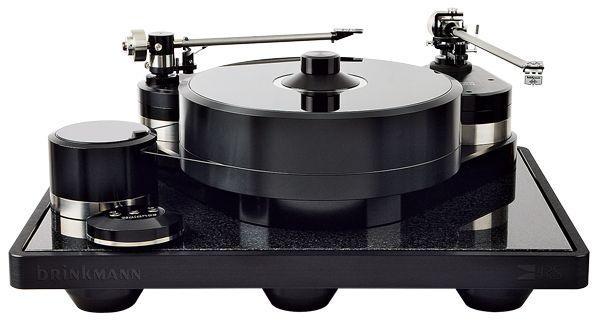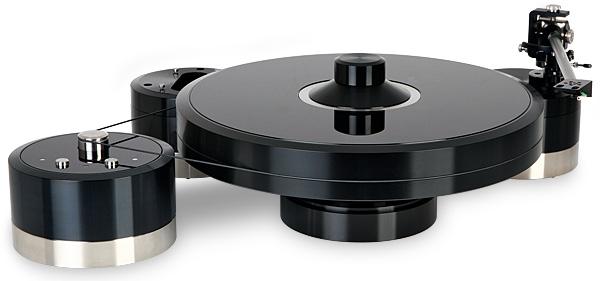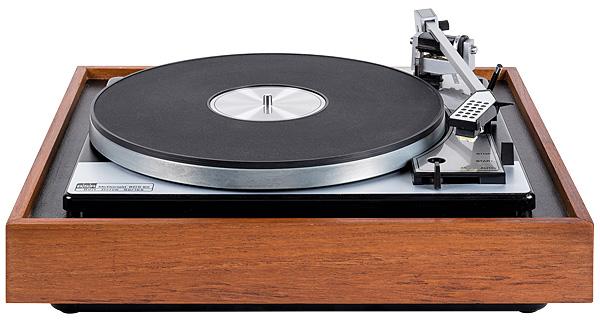Turntables, Arms & Cartridges
Sort By: Post DateTitle Publish Date
|
May 01, 2025 |
First Published: Apr 01, 2025
|
Dec 22, 2014
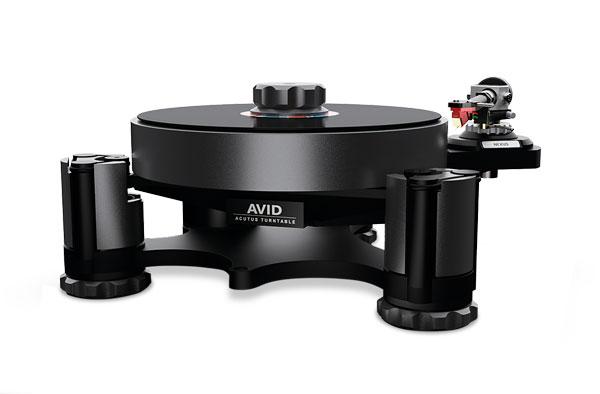
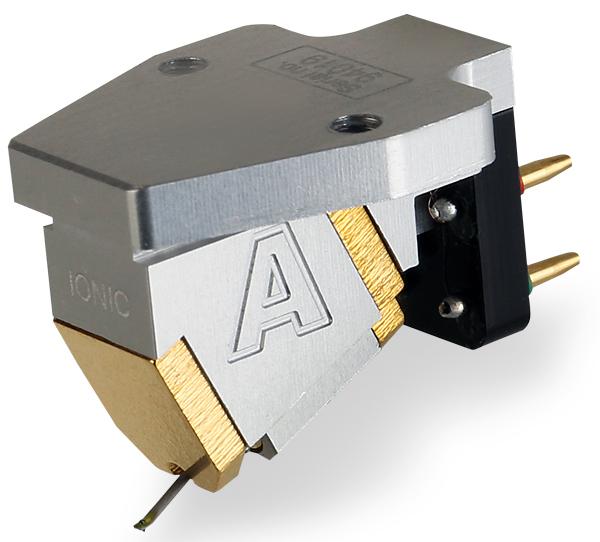
 The foundation of AVID's MC pick-up range, beneath the Ruby and Boron, is the Ionic (not the 'Alloy'!), and featuring more than a little artisan wizardry in its construction
The foundation of AVID's MC pick-up range, beneath the Ruby and Boron, is the Ionic (not the 'Alloy'!), and featuring more than a little artisan wizardry in its construction
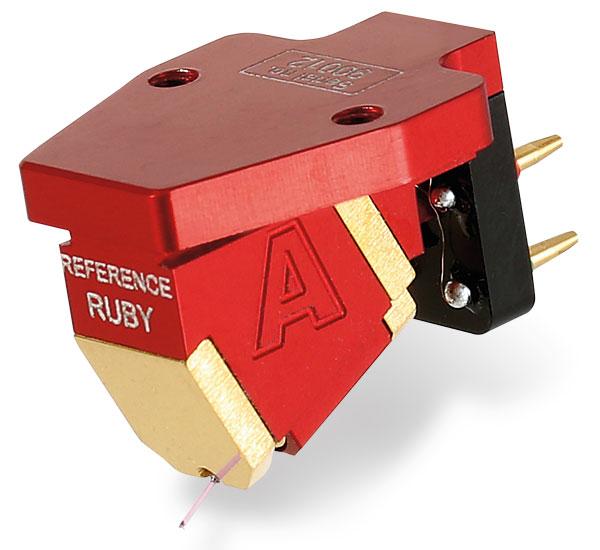
 Synonymous with top-end turntables for two decades, AVID has extended its 'Very Interesting Design' portfolio to include MC pick-ups. Here's its open-bodied flagship
Synonymous with top-end turntables for two decades, AVID has extended its 'Very Interesting Design' portfolio to include MC pick-ups. Here's its open-bodied flagship
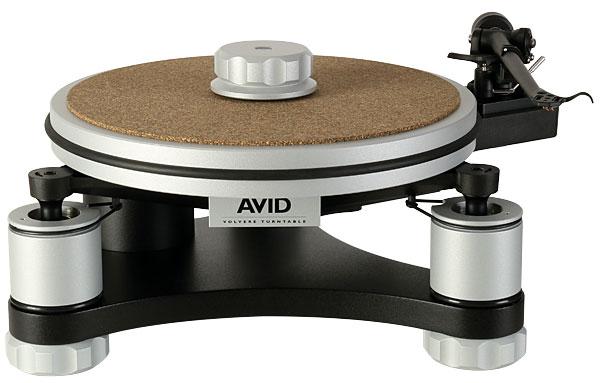
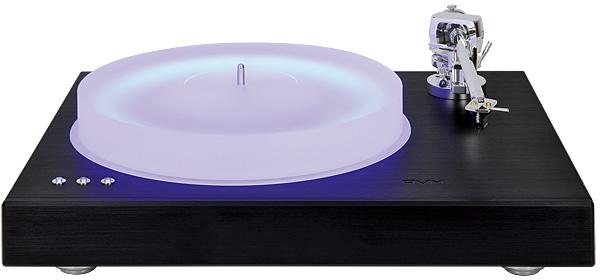
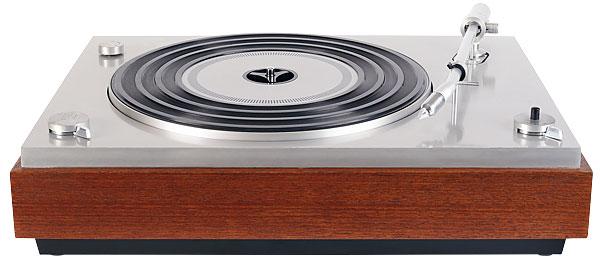
 Designed to be worthy of the company's flagship Beolab 5000 system, this late '60s turntable was the last conventional deck to top the B&O range. How does it sound?
Designed to be worthy of the company's flagship Beolab 5000 system, this late '60s turntable was the last conventional deck to top the B&O range. How does it sound?
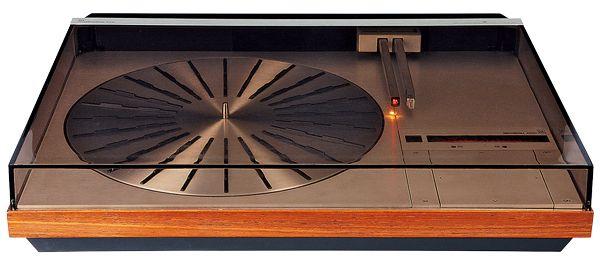
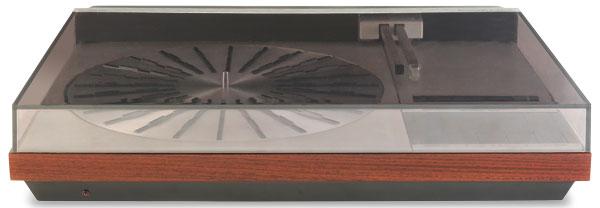

 Produced under the watchful eye of Monitor Audio, Blok’s modular ‘hi-fi furniture’ combines acoustic engineering with contemporary design.
Produced under the watchful eye of Monitor Audio, Blok’s modular ‘hi-fi furniture’ combines acoustic engineering with contemporary design.


